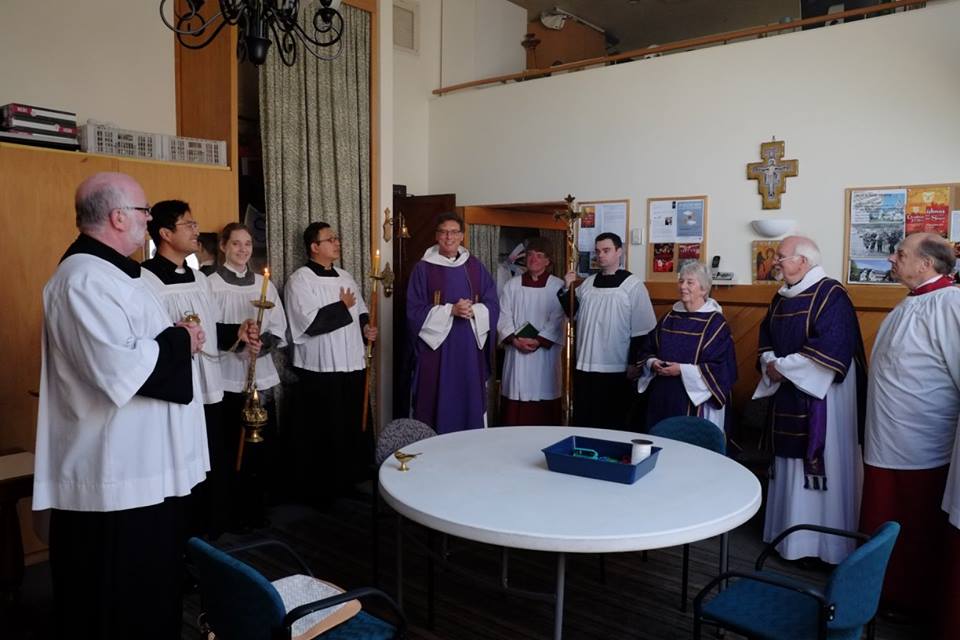
On Sunday it was the 25th anniversary of my ordination as priest, and the local parish, St Michael and All Angels, invited me to preside and preach. The Priest in Charge (Canon Craufurd Murray – the vicar is away on Study Leave) was the one who presented me 25 years ago, and was my training vicar during my curacy.
As well as some photos, I also include some points from my sermon.
For as the days of Noah were, so will be the coming of the Son of Man.
For as in those days before the flood they were eating and drinking, marrying and giving in marriage, until the day Noah entered the ark,
and they knew nothing until the flood came and swept them all away, so too will be the coming of the Son of Man.
Then two will be in the field; one will be taken and one will be left.
Two women will be grinding meal together; one will be taken and one will be left.
From the nineteenth century, some people started turning these stories, of being taken and being left, into future actual history, combining them with an obscure verse by St Paul, and coming up with a new concept they call the Rapture. This then combines with ideas about wars and natural disasters and tribulation and violence generally.
The Rapture (a word never found in the Bible) is that the righteous, the believers, the Christians, will be taken up – leaving behind all the others.
This perspective is very common. It’s a very popular view of “Christianity” – and it misrepresents the message of Jesus. It welcomes war and violence, and disaster, because that supposedly heralds Jesus’ return. It dismisses peace efforts in the Middle East and elsewhere, and ignores efforts to care for this (in-their-mind-soon-doomed) planet – and does so all in the name of Christ.
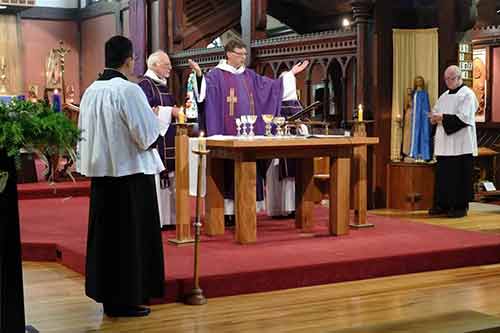
But if you are going to turn this into prophecy, into future actual history, there is a completely different way of understanding today’s Gospel reading.
Remember that in the story of Noah – which starts today’s gospel stories – it wasn’t the righteous who were “taken”. The righteous, the believers, stuck around and inherited the earth after God took, after God removed, the wicked.
Let’s translate today’s text a bit better to emphasise this point:
Then two will be in the field; one will be seized and one will be released.
Two women will be grinding meal together; one will be seized and one will be released.
And go back a bit in Matthew’s Gospel to Jesus’ parable of the wheat and the weeds. Jesus says:
Let both of them grow together until the harvest; and at harvest time I will tell the reapers, collect the weeds first and bind them in bundles to be burned.
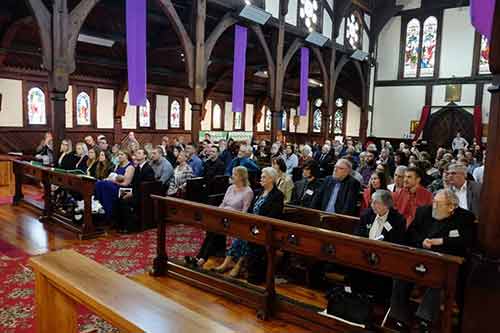
On the cross, it is actually Jesus, the righteous one, who is the one left behind. The flood of violence has caught us all up – you can blame that on evolution if you like – survival of the fittest – you and me, we are ALL included in adding to the tide of violence. Except Jesus. Jesus was even taunted on the cross that God should intervene with some sort of miraculous rapture:
He trusts in God; let God deliver him now, if he wants to.
And we heard the criminals hanging there with him last Sunday provoking him similarly.
But in this flood of violence, the tomb was Jesus’ ark – from which he emerged to new life – Jesus’ subversion, of love over hate, triumphs. And we, by baptism, enter the ark of Christ’s tomb.
Today’s gospel, you see, is not at all about a rapture. The Gospel is about a rupture not a rapture. Jesus’ rupture in human history, our human history of making enemies, helps us face the rising tide of violence which is rooted in our human inability to accept difference – difference in race, gender, religions, sexual orientation, ability, and so on and so on.
Jesus’ rupture helps us face this rising tide certainly with faith; but more importantly this Advent Sunday – we face the future with hope.
And this isn’t some sort of passive hope – just sitting back and hoping for the best. This is an active hope. This is a hope where we act as if what we are hoping for is already here. “Acting as if” reminds me of children playing. Playing is living imaginatively, creatively, child-likely – so that we live “as if” and by doing so we actually grow into what we are playing.
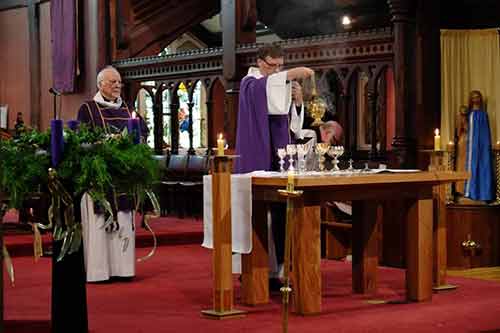
There’s a lot of playing happening at church – with candles and bells and water and oil and incense; with robes and processions; and so on. I’m not being irreverent. Quite the opposite. We need to take playing more seriously.
We treat with reverence in church, the bread, the wine, the water, the oil, this table, this book – so that from this reverent playing we might go from here and treat all creation more and more with such reverence.
We treat each other in church with reverence: in forgiveness, in reconciliation, in caring, in thought and prayer – so that from this reverent playing here we might go from here and treat all people more and more with such care and love.
And also, on this Advent Sunday, when so many people look forward in fear to the end – fear of the coming of God the tyrannical judge, the ruthless master, the mighty King – you know the attitude: stay awake, look busy – or you will be in serious trouble.
But you and I, who have prayed with this returning master week by week here, played with this returning King week by week here, practiced recognising him and serving him in the lost, the last, and the least – we know that this hope is a joyful, not a fearful, hope.
And the role of the priest? It just might be that of the Kindergarten teacher – helping people to grow through this playing. And the role of all of us, the baptised? It just might be that we don’t need to hang out for some future rapture. Our hope is in the fulfilment of what was already begun in and by Jesus, in and by the cross and resurrection.
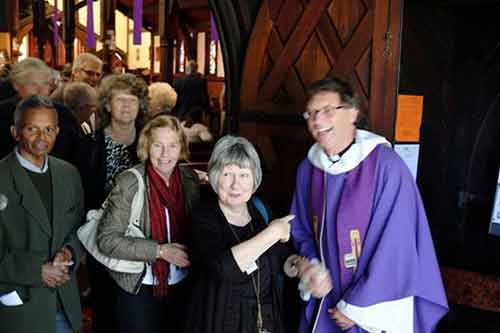
Thanks to Alistair Kinniburgh for so discretely taking photos.
If you appreciated this post, consider liking the liturgy facebook page, using the RSS feed, and/or signing up for a not-very-often email, …


